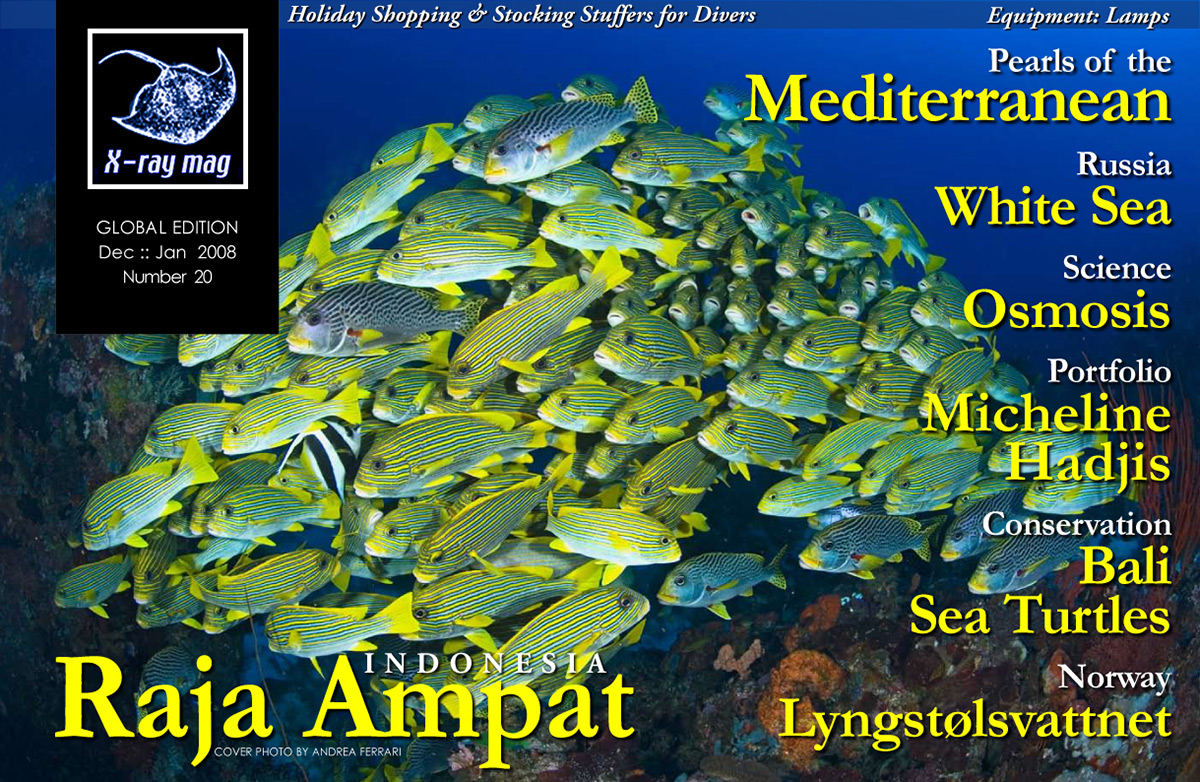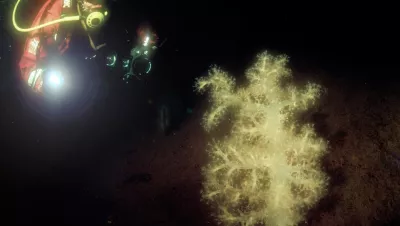Do divers really need underwater lamps?
It is a simple question to which there is no simple answer, as it all depends... If you are mostly diving in Southeast Asia or the Caribbean where visibility is fantastic, during days of bright sunshine and in waters of 20m or less, you probably don’t need one. But if you plan on diving in lakes, doing night dives, penetrating wrecks or do any sort of technical dive, then a good lamp becomes an essential part of your diving gear









